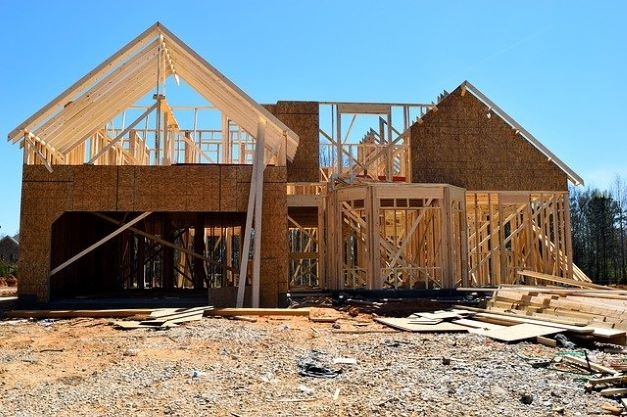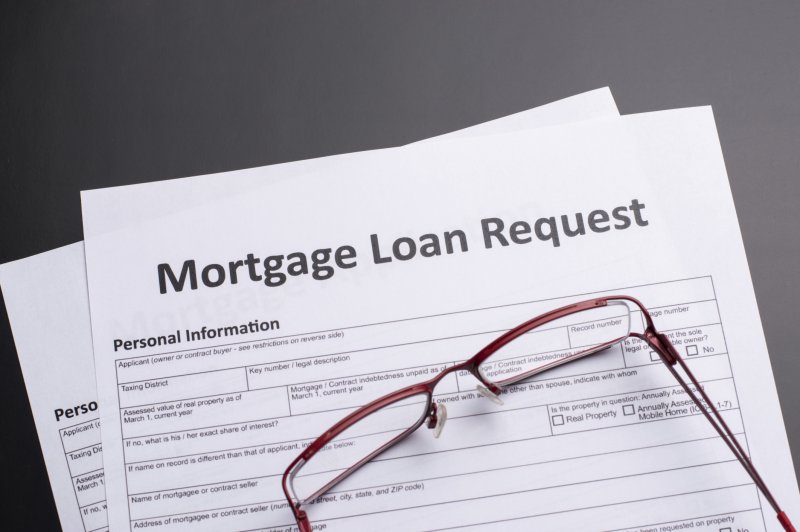
New Housing Starts Fell 4.1% In January

Supply-chain issues, labor shortages cited as decline ends three straight months of increases.
After increasing for three consecutive months, construction of new homes fell 4.1% in January thanks in part to supply-chain issues and a labor shortage.
The U.S. Census Bureau and U.S. Department of Housing & Urban Development (HUD) said today that privately owned housing starts in January were estimated at a seasonally adjusted annual rate of 1.64 million, 4.1% below the December estimate of 1.71 million. Year-over-year, January’s rate was 0.8% higher than the 1.63 million annual rate in January 2021.
New construction of single‐family houses in January was at an annual rate of 1.12 million, 5.6% below the revised December figure of 1.18 million. The January rate for buildings with five units or more was 510,000, the report said.
Privately owned housing units authorized by building permits in January were at a seasonally adjusted annual rate of 1.9 million, 0.7% above the revised December rate of 1.89 million and 0.8% above the January 2021 rate of 1.88 million.
Permits for single‐family homes in January were at a rate of 1.21 million, 6.8% above the revised December figure of 1,13 million. Authorizations for buildings with five units or more were at a rate of 629,000 in January.
First American Financial Corp. Deputy Chief Economist Odeta Kushi noted that both housing starts and completions fell in January.
“Both will need to increase to keep pace with rising demand from the largest generation, millennials, as they continue to age into their prime home-buying years and find little existing inventory,” Kushi said. “While both single-family housing starts and completions declined this month, building permits, a leading indicator of housing starts, increased 6.8%, representing the green shoots of much needed housing supply.”
Kushi also noted that, as the National Association of Home Builders reported earlier this month, builder confidence edged lower this month for the second consecutive month, “as builders continue to face supply-chain disruptions, price increases, and concerns that declining affordability will price out some potential buyers.”
NAHB reported that residential construction costs this month are up 21% year-over-year, and when combined with higher interest rates will further reduce housing affordability. According to the NAHB, 87.5 million households — or about 69% of all U.S. households — are unable to afford a new median-priced home. It also estimated that if the median new home price increases by $1,000, another 117,932 households would be priced out of the market.
Kushi said despite the dips in builder confidence, overall “it remains positive and high from a historical perspective, because demand for housing remains strong and existing supply sits at record lows. This dynamic is supportive of new construction.”
She pointed out that the number of single-family home permits has increased 5.6% month over month and 32.5% year over year. “This indicates that builders are focusing on finishing existing projects, rather than starting new ones as the lack of material availability and rising costs of building materials contribute to delays,” Kushi said. “Lumber prices are on the rise again due to a combination of supply-chain disruptions and labor shortages at sawmills. Another spike in prices may further delay new home completions and negatively impact affordability.”
The labor shortage continues to be an issue, she added. “Demand for construction workers is robust, but hiring is difficult,” Kushi said. “The number of residential building workers has increased for seven straight months and surpassed pre-pandemic levels. Yet, construction hires per job opening in December dipped and remains below pre-pandemic levels – It is more difficult to hire now.”




